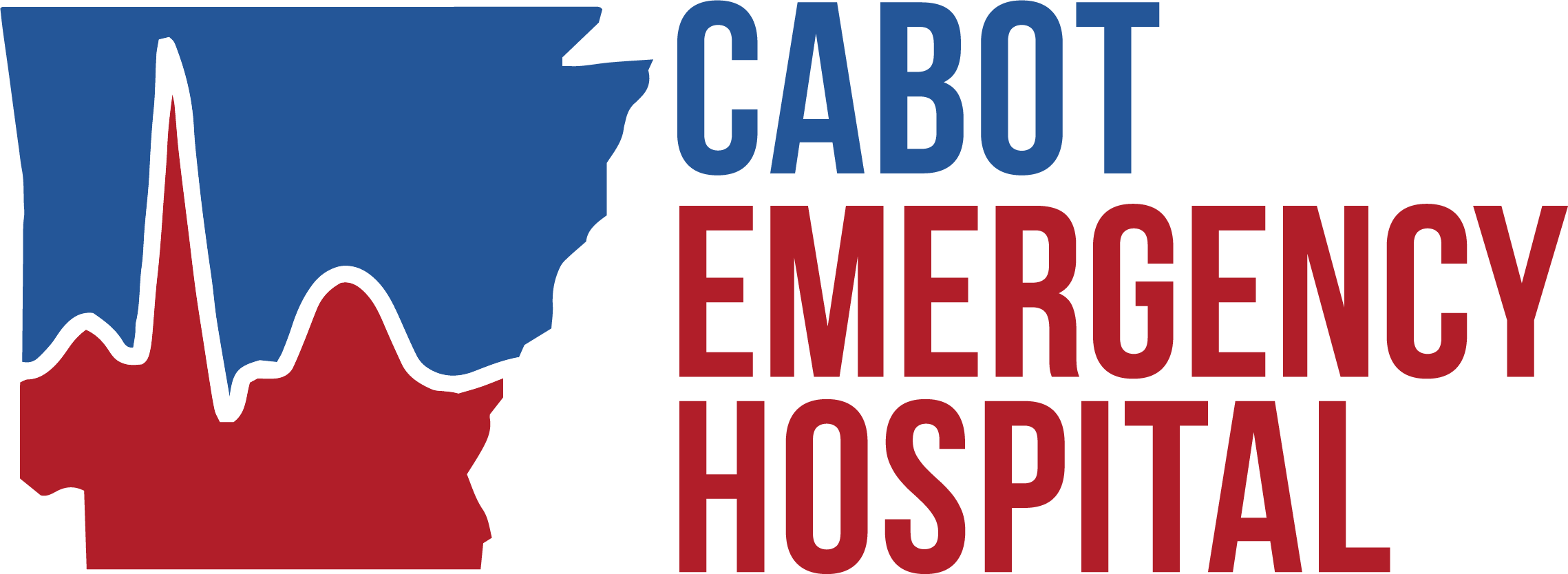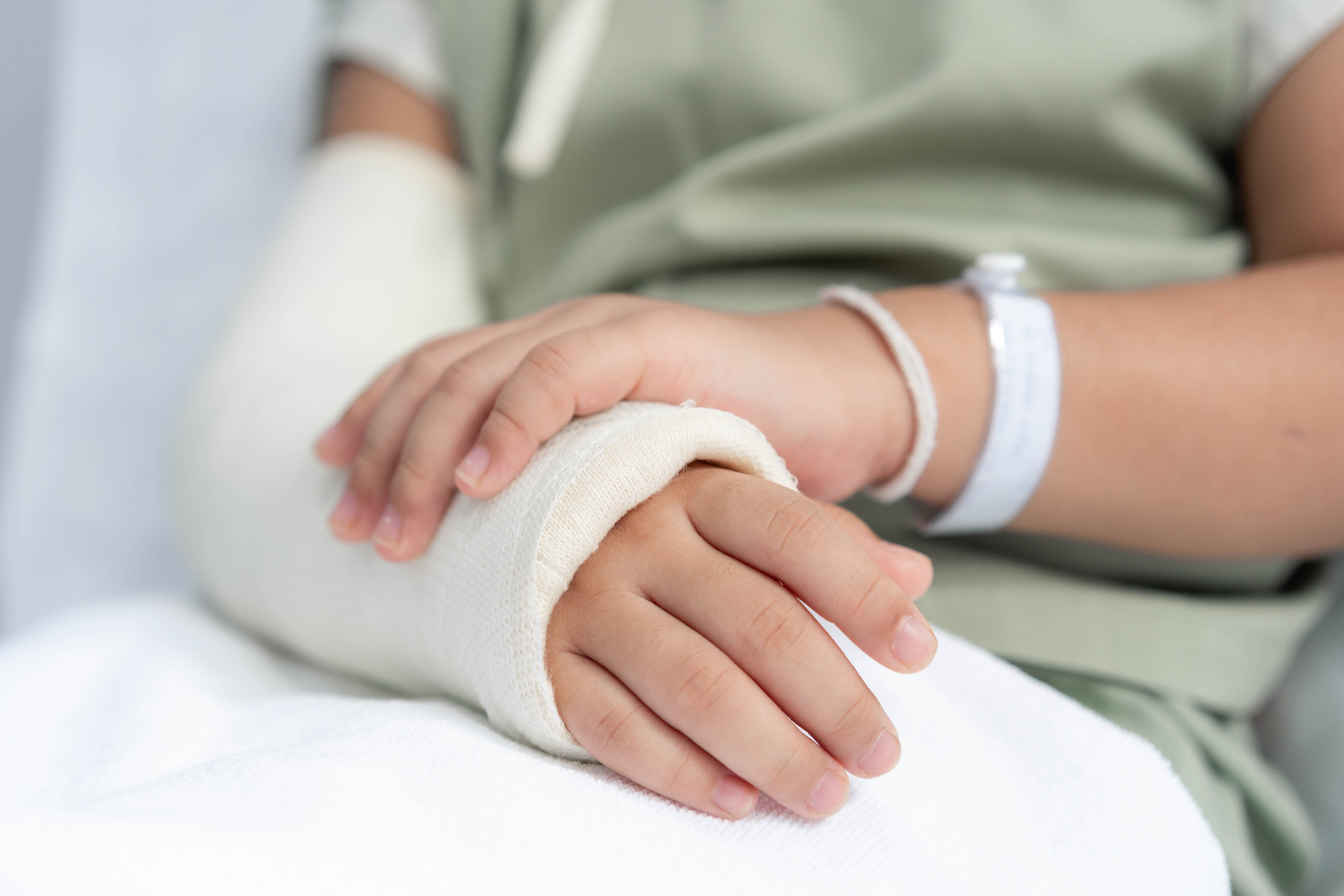Learn How to Help Your Child During Recovery After an Injury
Youth sports are an excellent way for kids to stay active, build strength, and learn lifelong skills. Unfortunately, we must keep in mind that there is always a potential risk for injury when participating in competitive sports. While children are generally very resilient and seem to recover quickly from injuries, the recovery process from a sports injury can be challenging to navigate, especially when it comes to school sports.
Every year, more than 3.5 million children are treated for sport-related injuries. These injuries can range from minor sprains and strains to more serious issues like broken bones or concussions. Injuries are very common, no matter the sport. From high-intensity football games to dance recitals, research shows that 90% of student-athletes will experience some type of injury during their athletic career.
A sports injury, especially for the first time, can be challenging for children passionate about sports. The initial shock and fear of the injury may seem like the toughest part, but the road to recovery can be equally as difficult. The rehabilitation and recovery process requires patience, dedication, and temporary lifestyle changes, which can be challenging for both a child and the parent as you and your child eagerly wait to hit the playing field again.
After your child has been treated for their injury, it is important to take the necessary steps to ensure a smooth and successful recovery.
Tips for Recovering from a School Sports Injury
1. Follow the doctors’ orders.
It’s true; doctors know best in this situation. You should get a clear understanding of what to expect and what recommendations are critical to your child’s healing. You will want to make sure you understand everything and follow the doctor’s orders. There may be other professionals like coaches, physical therapists, athletic trainers, and more who will collaborate with doctors to support your child’s recovery.
2. Listen to your body.
It is important to not rush the healing process. As eager as your child is to return to their sport, they should be reminded it is a slow and steady process. It is important to listen to the body and return to activity at a pace that fits them to ensure they do not reinjure themselves.
3. Injured does not mean no activity.
Even if your child is unable to compete, there are still ways for them to stay active in the sport. Encourage them to attend practices and games to support their teammates, and if they feel up to it, they may even be able to participate in warmups. Not only will this help keep them connected to their sport, but it can also help them maintain their physical and mental well-being during recovery.
4. Focus on the long-term.
Proper recovery takes time. Your child must understand they may miss a few games and practices now, but this healing process will only allow them to fully recover and perform at their best in the future. Improper healing can have serious consequences and even prevent them from participating in sports altogether.
From sprains to fractures to head injuries, Cabot Emergency Hospital is here to provide your student-athlete with the care they need. Our team of expert physicians is here 24/7 to get your little ones healed quickly and back to the game they love. When your family is in an emergency situation, your neighborhood ER and hospital have you covered.
Disclaimer: As a service to our readers, Cabot Emergency Hospital and Nutex Health state no content on this site, regardless of date, should ever be used as a substitute for direct medical advice from your doctor or other qualified clinician.





Comments are closed